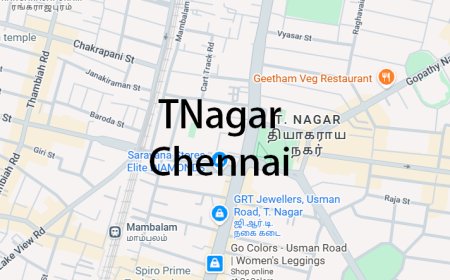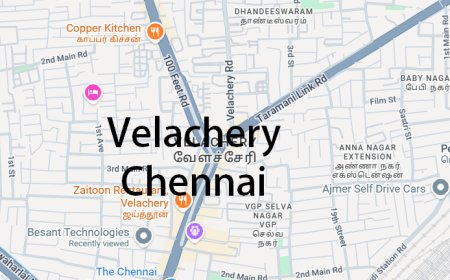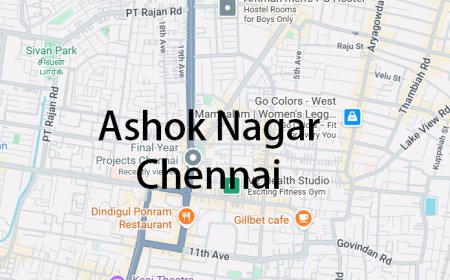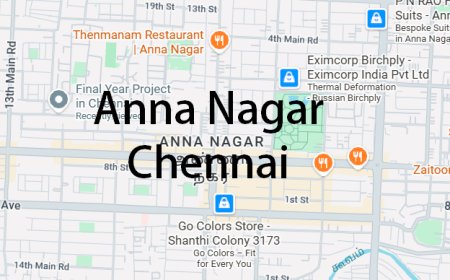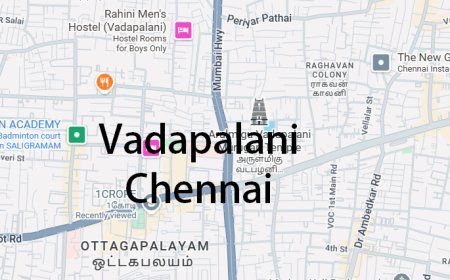A Bagged Tree Machine Learning Model for High and Low Wind Speed Ocean Wind Retrieval From CYGNSS Measurements
A Bagged Tree Machine Learning Model for High and Low Wind Speed Ocean Wind Retrieval From CYGNSS Measurements

A Bagged Tree Machine Learning Model for High and Low Wind Speed Ocean Wind Retrieval From CYGNSS Measurements, Final Year Projects in TNagar Chennai, Final Year Design Project Mechanical Engineering in TNagar Chennai, Final Year Design Project Chemical Engineering in TNagar Chennai, Major Projects For CSE in TNagar Chennai, 3 Final Year Project in TNagar Chennai
What's Your Reaction
 Like
0
Like
0
 Dislike
0
Dislike
0
 Love
0
Love
0
 Funny
0
Funny
0
 Angry
0
Angry
0
 Sad
0
Sad
0
 Wow
0
Wow
0

